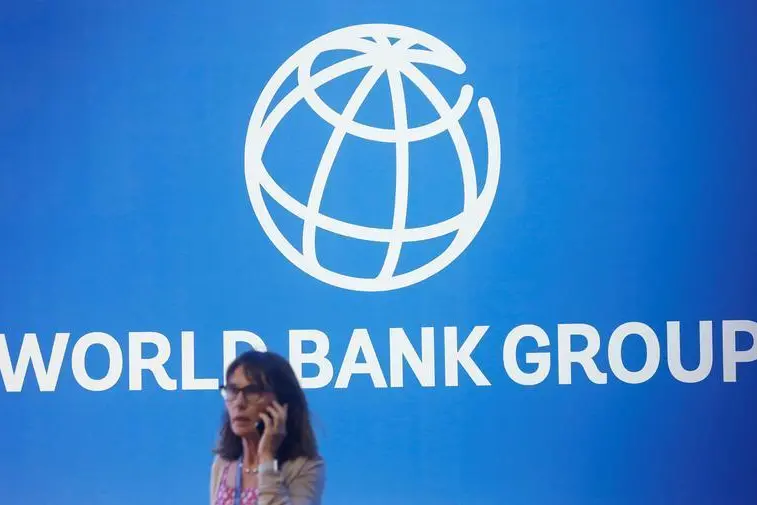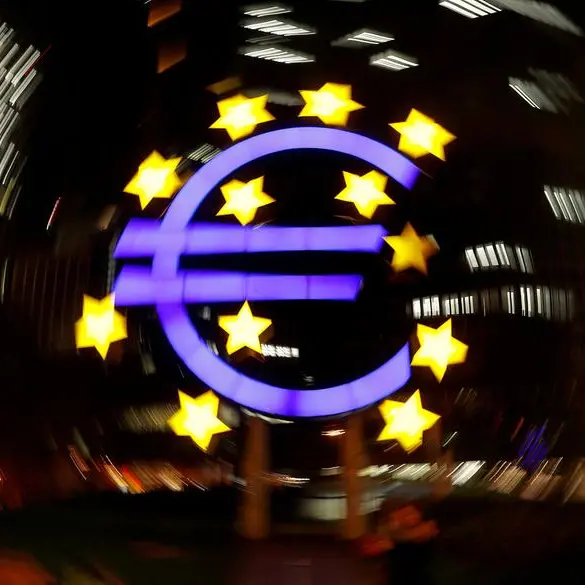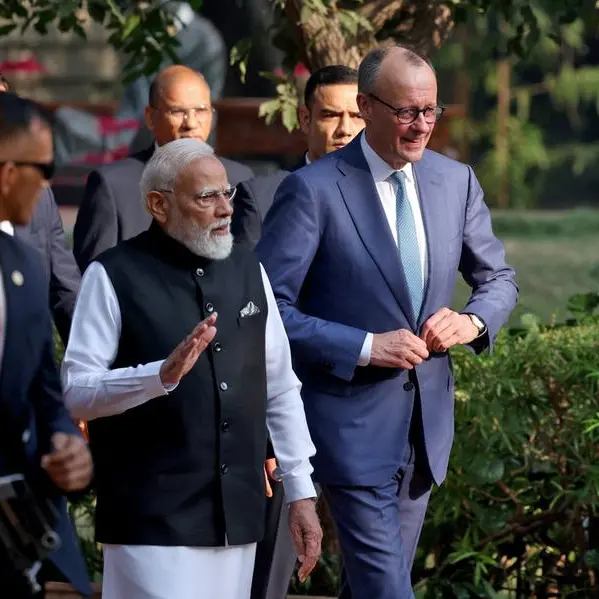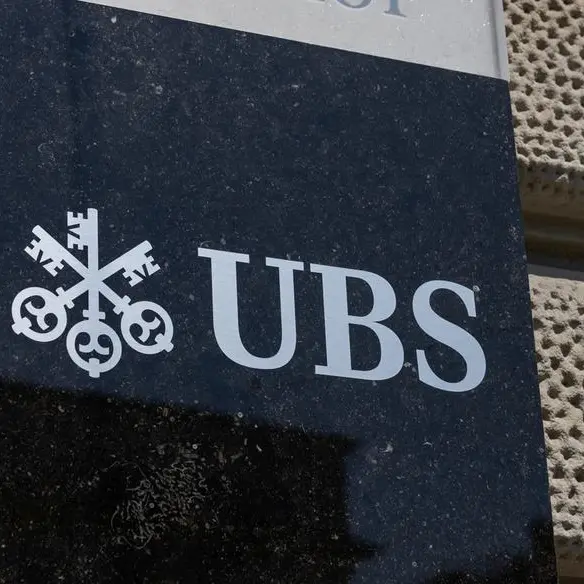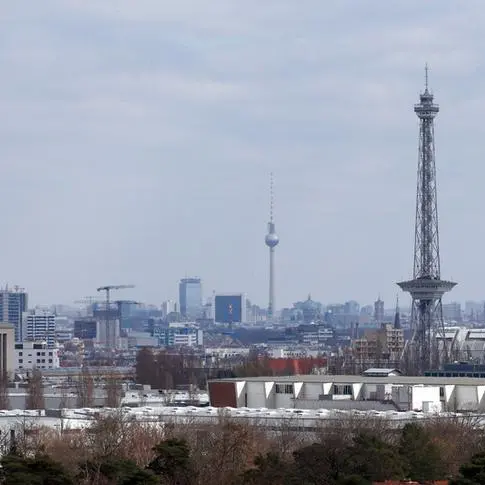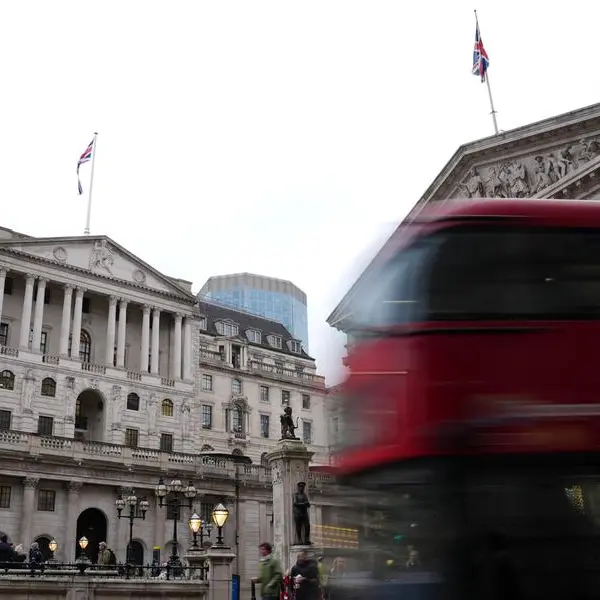PHOTO
LONDON - The World Bank aims to speed up the disbursement of loans by one third in as little as two years, a key pillar of an overhaul that aims to make the development organization more effective.
"We did not pin an exact date, but we will be looking to reduce by a third over perhaps a couple of years," said Ed Mountfield, Vice President for Operations Policy and Country Services at the World Bank, in an interview with Reuters in London.
"We need to find ways to go faster, both looking at our own red tape and also recognising that often the delays are on the client side," Mountfield said on Wednesday, referring to countries with low institutional capacity.
Disbursements currently take an average of 27 months from the time the bank gets a loan request.
Mountfield said the lender is not aiming to radically change its existing rules, but recognized that processes could go faster in cases where operational risk is lower.
"When we are dealing with much bigger risks, for example in a major hydropower investment, then of course, we'll have higher level of attention," he added.
"It's not about cutting standards, we need to achieve quality and speed at the same time."
Adding resources to the implementation stage of projects backed by the bank is another way of reducing the timeframe of disbursements, Mountfield said. "We need more hands-on support to the borrowers in a lower capacity environment to get results fast."
The World Bank has launched a broader reform process that includes stretching its balance sheet as international threats from geopolitical tensions to global warming pile pressure on vulnerable nations.
The United States, the bank's largest shareholder, has been urging the bank for months to take bolder and faster steps to free up resources.
Reforming the World Bank's approach to risk could unlock nearly $190 billion in additional urgently needed lending for developing countries without jeopardizing its AAA credit rating, a study commissioned by the Rockefeller Foundation found.
The study, carried out by international finance analytics firm Risk Control, found the bank's two main lending arms, the International Bank for Reconstruction and Development (IBRD) and the International Development Association (IDA), have "significant headroom" to boost lending.
The bank is currently pressing for more grants and new capital from member countries, even as it leverages its balance sheet to scale up lending for responses to climate change and other global crises, such as pandemics and fragile states.
The institution in April lowered its equity-to-loan ratio to boost lending by $50 billion over 10 years, but annual climate transition finance needs alone are estimated at up to $3 trillion for emerging market and low-income economies by 2030. "We will be looking to our shareholders to step up their commitments," Mountfield said.
(Reporting by Jorgelina do Rosario and Elisa Martinuzzi; editing by Christina Fincher)
